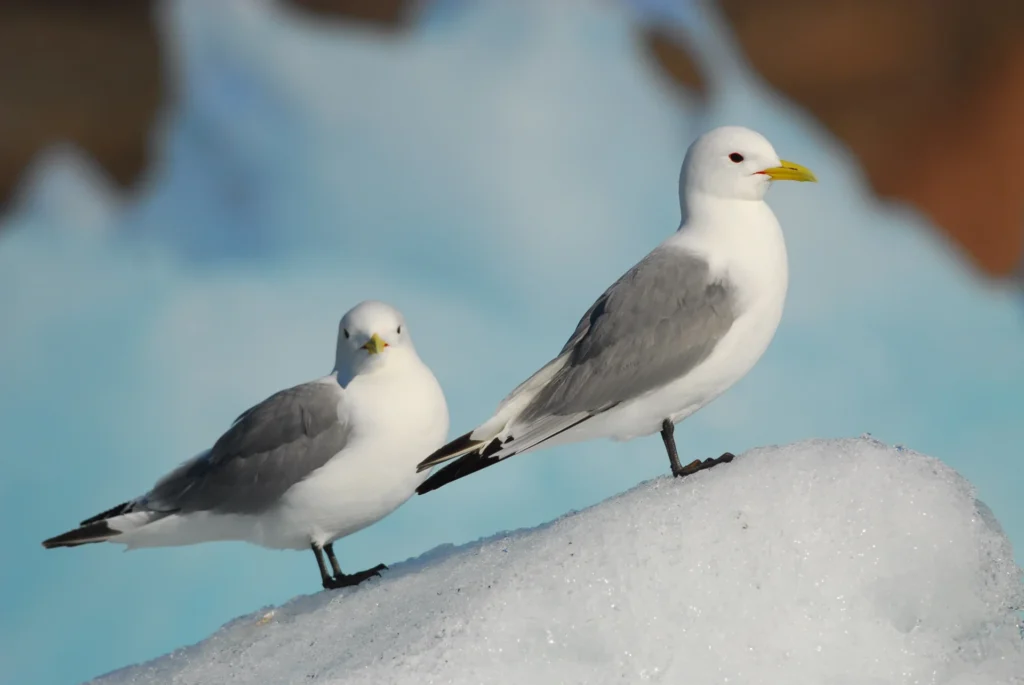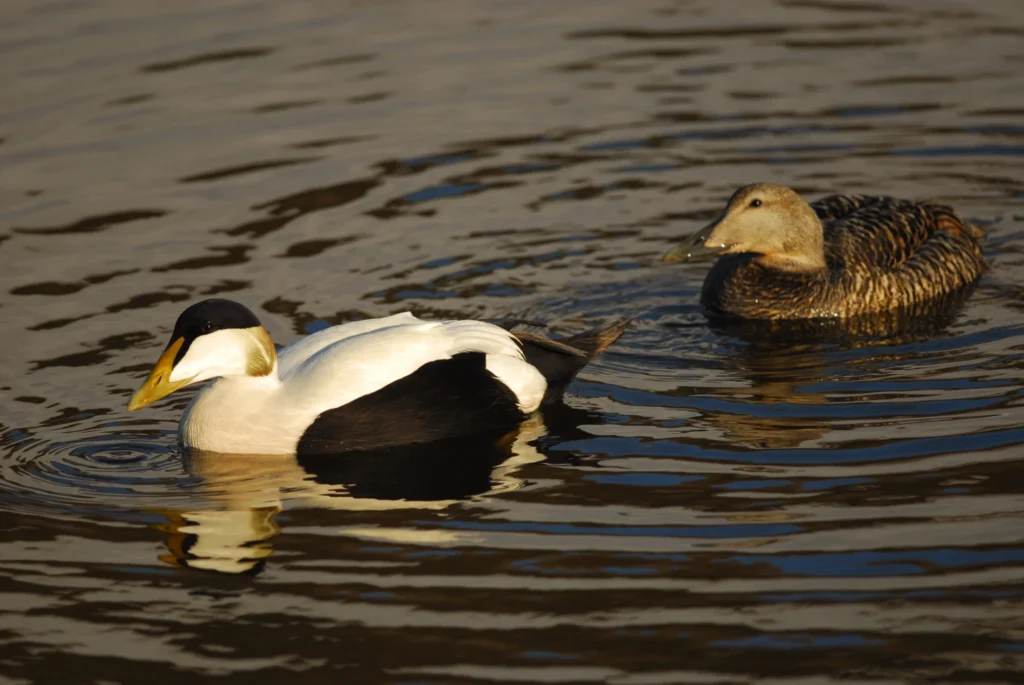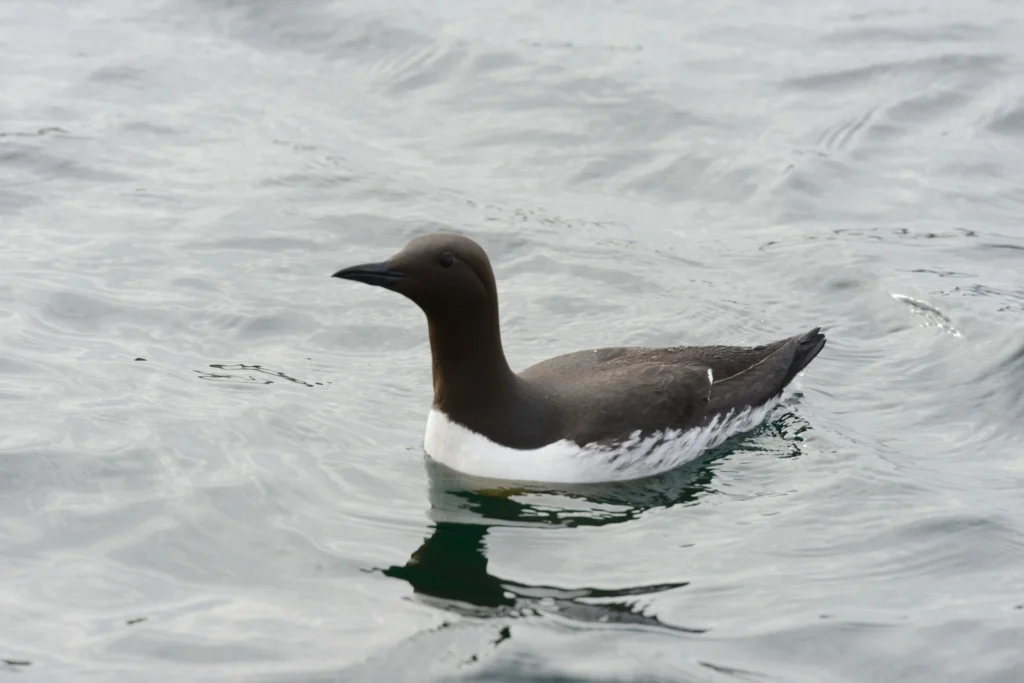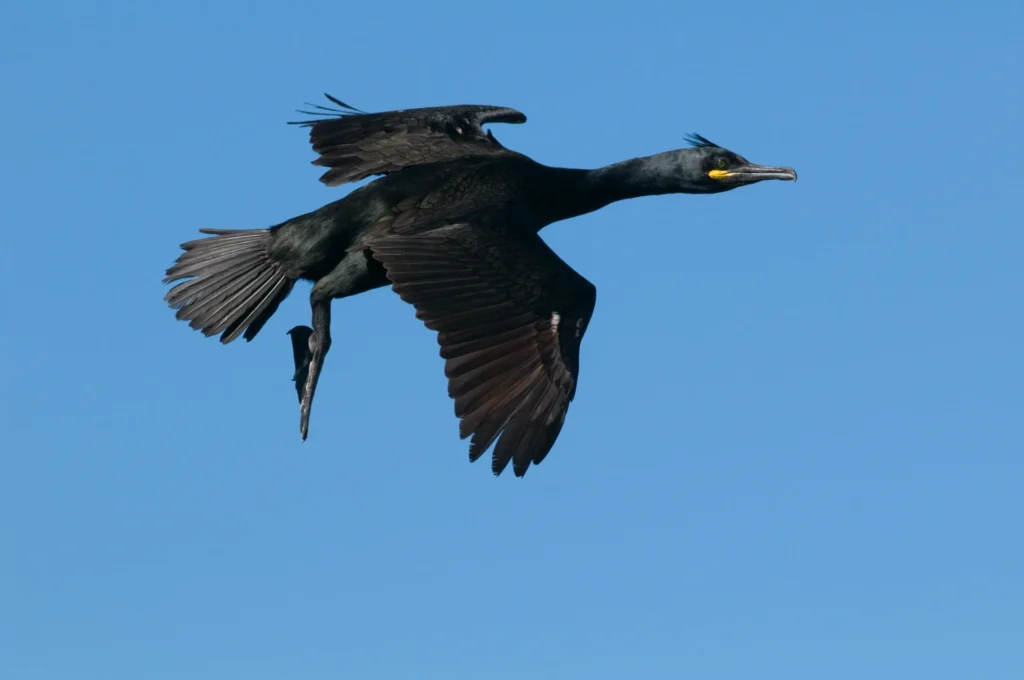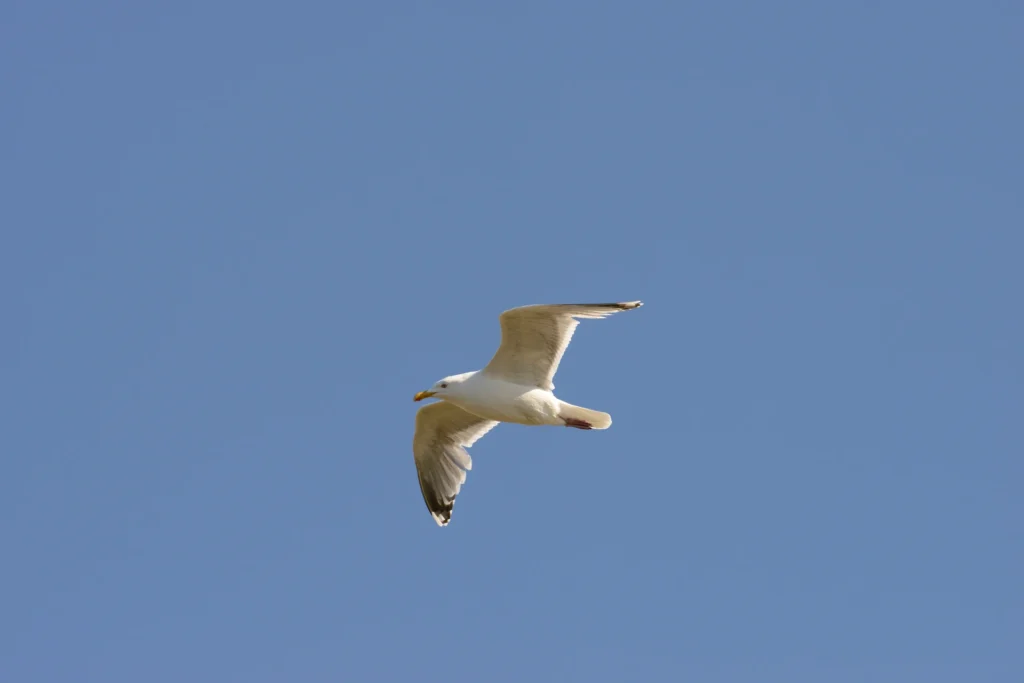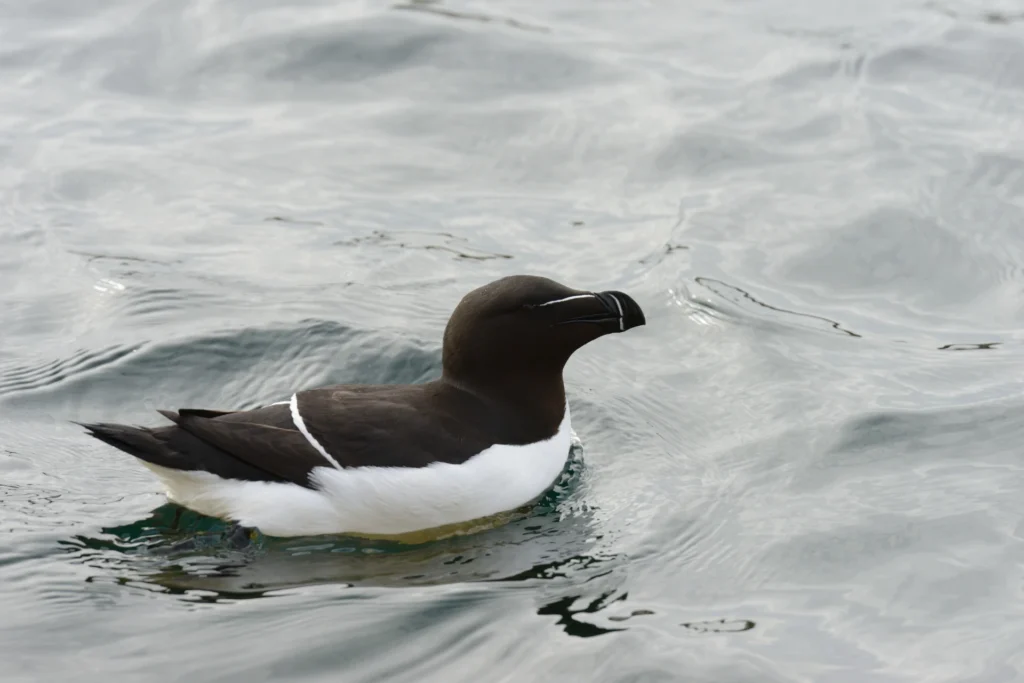Sklinna (64.740°N x 10.770°E) is an archipelago within municipality of Leka, approximately 40 km off the mainland coast. It consists of a number of low, small islands and islets with sparse vegetation, the largest one being Heimøy. The archipelago became nature reserve, with an areal of 5.9 km2, in 2003 and became a Ramsar-site in 2011.

Sklinna is home to one of the world’s largest breeding populations of European shags, where, in favourable years, over 3000 pairs can be found breeding. Common and black guillemots can be found breeding on some of the islands as well as razorbills, Atlantic puffins, cormorants, common eiders, herring gulls and Great black-backed gulls. Common gulls, lesser black-backed gulls, northern fulmars and European storm petrels can, intermittently, be found breeding in low numbers.
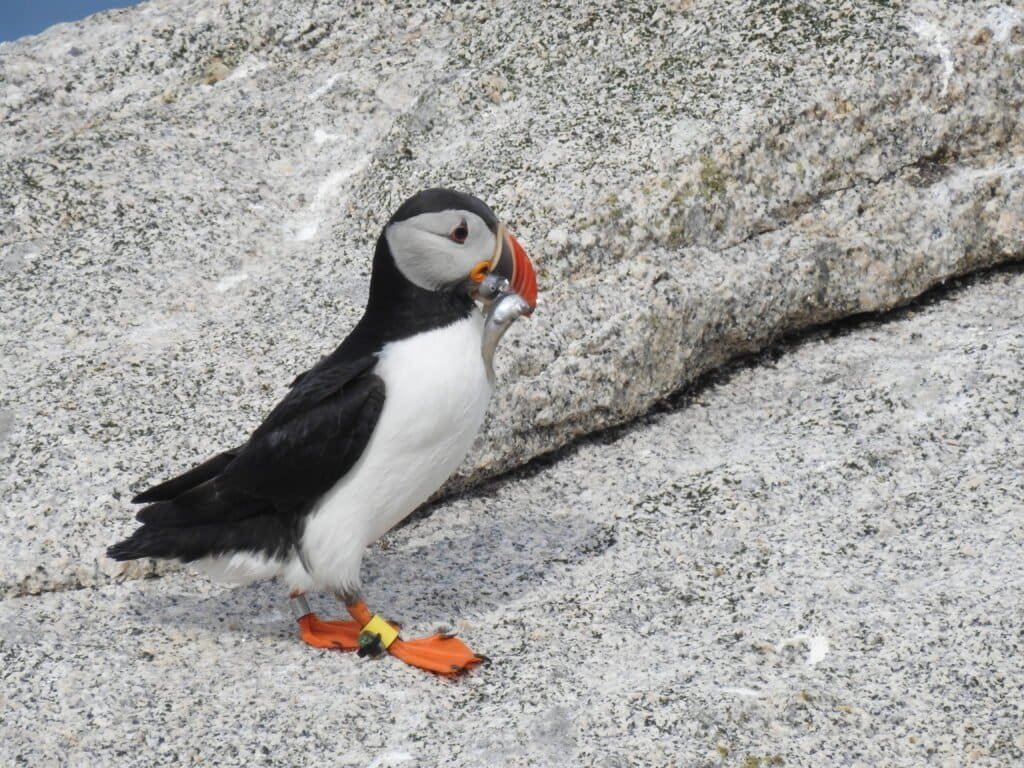
Seabird monitoring was initiated on Sklinna in the early 1980’s and was established as a SEAPOP site in 2007 and a SEATRACK site in 2014 although GLS loggers have been deployed on European shags since 2008 and common guillemots since 2011. Since 2011, after the disappearance of the breeding population in Sklinna, kittiwakes have been monitored at the colony in Sør-Gjæslingan approximately 50 km south of the archipelago.
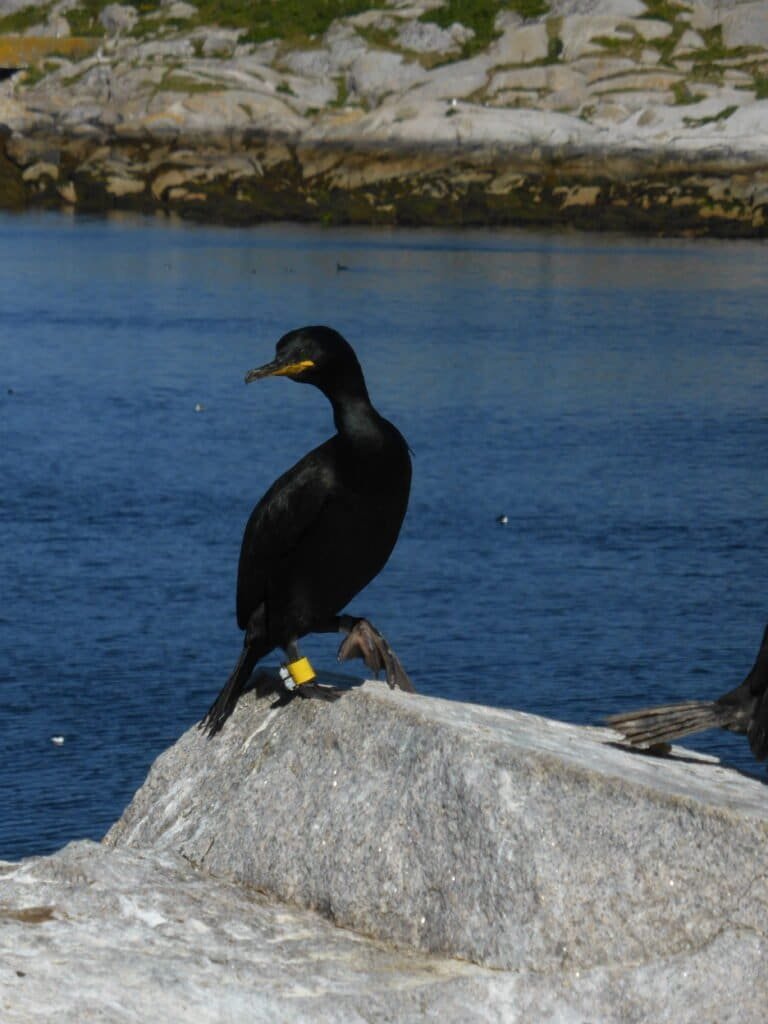

Seatrack partner
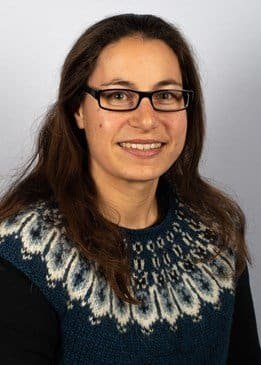
Nina Dehnhard
Norwegian Institute for Nature Research
Data availability






